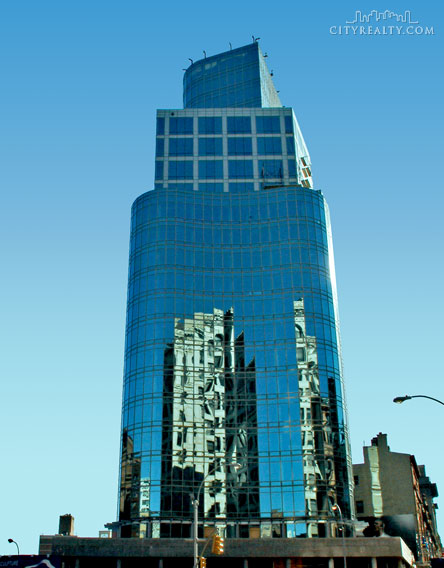NYC 100 Years Ago: Neighborhoods Change, Some Things Remain the Same
MAY 7, 2012
A tourist’s view from 1916 reveals that some aspects of NYC living haven’t changed much at all.
Even in 1916 New York City, the “interesting buildings clustered about Astor Place,” were worth noting, according to a tourist handbook from that year. A visitor to the Big Apple at the time would find that a room at the St. Regis was $6 (compared to $755 today), top baseball players were making as much as $15,000 (compared with the $20 to $30 million netted by today’s luxury NYC condo-dwelling sluggers), and subway fare was ten cents. Some things have changed far less: In 1912, about 1.68 billion people rode the subway, compared to 1.64 billion MetroCard swipes in 2011. Then, as now, NYC was the restaurant capital of the world. And, according to the 1916 tourist’s-eye-view, amid the shops of Fifth Avenue and the theatres and restaurants of Broadway, no one seemed to slow down; designer knock-offs popped up almost as soon as they hit the runways; downtown street styles were colorful and seductive, and you would–and still can–find a Chinese restaurant at 16 Mott Street, though the nearby Lower Bowery neighborhood has certainly changed since then (Cenedella).
were worth noting, according to a tourist handbook from that year. A visitor to the Big Apple at the time would find that a room at the St. Regis was $6 (compared to $755 today), top baseball players were making as much as $15,000 (compared with the $20 to $30 million netted by today’s luxury NYC condo-dwelling sluggers), and subway fare was ten cents. Some things have changed far less: In 1912, about 1.68 billion people rode the subway, compared to 1.64 billion MetroCard swipes in 2011. Then, as now, NYC was the restaurant capital of the world. And, according to the 1916 tourist’s-eye-view, amid the shops of Fifth Avenue and the theatres and restaurants of Broadway, no one seemed to slow down; designer knock-offs popped up almost as soon as they hit the runways; downtown street styles were colorful and seductive, and you would–and still can–find a Chinese restaurant at 16 Mott Street, though the nearby Lower Bowery neighborhood has certainly changed since then (Cenedella).
Another look through the lens of time: Snapshots of East 86th Street in Yorkville follow the Upper East Side neighborhood as it began 20th century life as a bustling German enclave surrounding the Third Avenue El, through the gritty, cosmopolitan NYC of the 1970s, to today’s chain stores and modern apartment towers–like the slender 39-story Channel Club–awaiting the arrival of the Second Avenue Subway (Ephemeral New York).
ALSO IN NEW YORK CITY INSIDER
- 30 Park Place Vs. The Baccarat Hotel and Residences - JUL 8, 2014
- This Week in NYC Living - JUL 1, 2014
- Notable NYC Neighbors - JUN 26, 2014
- Great NYC Buildings: New in the Heights - JUN 23, 2014
- Notable NYC Neighbors - JUN 20, 2014
- Notable NYC Neighbors - JUN 17, 2014
- Building Vs. Building - JUN 9, 2014
- Notable NYC Neighbors - JUN 6, 2014
- Notable NYC Neighbors - MAY 23, 2014
- Notable NYC Neighbors - MAY 15, 2014
- Great NYC Apartment Buildings: 12 East 13th Street vs. 22 Central Park South - MAY 13, 2014
- Notable NYC Neighbors - MAY 7, 2014
- Notable NYC Neighbors - MAY 1, 2014
- Upping the Architectural Ante in NoHo - APR 22, 2014
- Great NYC Buildings: Brooklyn's Gold Coast Living - APR 15, 2014
- Notable NYC Neighbors - APR 11, 2014
- Building vs. Building - APR 10, 2014
- Notable NYC Neighbors - APR 2, 2014
- This Week in NYC Living - APR 1, 2014
- Notable NYC Neighbors - MAR 26, 2014
- View Articles By Date

 6sqft delivers the latest on real estate, architecture, and design, straight from New York City.
6sqft delivers the latest on real estate, architecture, and design, straight from New York City.
